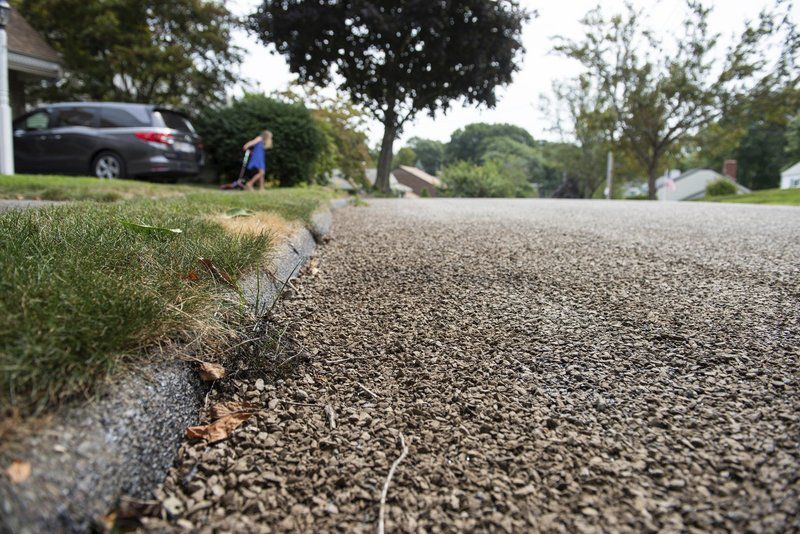Anybody who drove through Marblehead this summer is aware of the numerous paving projects the town undertook between June and August. This is a common occurrence, as the town receives almost half a million dollars each year to repave damaged roads. However, this year, in an effort to save the town money and pave more streets, the Board of Selectmen decided to try something new: chip seal.
Chip seal is a process of restoring roads that have been paved in the last 10 years by covering them with a layer of asphalt, followed by loose stone chips. This process is much more cost effective than typical repaving methods; whereas milling and repaving costs about $10 per yard, chip sealing costs only $2.85 per yard. Also, chip sealing is a much faster process and can be finished in only two to three hours. The town thought they were making the obvious choice by electing to restore roads with an option that is cheaper and faster than typical repaving. But residents had a different opinion on the matter.
The newly “chip sealed” roads by Waterside Cemetery are rough, ugly, and smell, for lack of a better word, weird. Those who live on the restored roads complain that kids can’t bike, mopeds don’t work, and dogs refuse to walk on the uneven stone chips. Driving down Overlook Road last Friday, I was shocked by the unsightly state of the roads. With my windows wide open, I experienced the unpleasant smell of the chip seal and noted that small rocks were being flung at the underside of my car. The seemingly botched results of the paving encouraged roughly 100 residents to show up at the Board of Selectmen’s meeting on August 21st and demand a repave.
The town submitted to the complaints of upset citizens and agreed to fix the chip seal with “cape seal,” a layer of tar that will leave the roads with a smooth, thick topcoat. However, the whole ordeal raises the question of whether the town was in the wrong for testing chip seal in the first place. It definitely seems like a viable alternative to the expensive and time-consuming process of repaving roads. Chip seal is generally used in small neighborhoods, like the roads off of West Shore Drive, because of its cost and time-efficiency. However, was the town genuinely trying to save money on a better alternative, or were they skimping on necessary infrastructural repairs? Do the advantages of chip seal — the price, the ease with which it can be repaired — outweigh the inconveniences placed on residents? Many residents argued that the town was negligent in their quick adoption of chip sealing methods and complained about the lack of communication before the start of the project. If the town had tested the process or asked for community input before commencement, maybe citizens would have been more supportive of the initiative. Because who would argue with a plan to save their town money?

